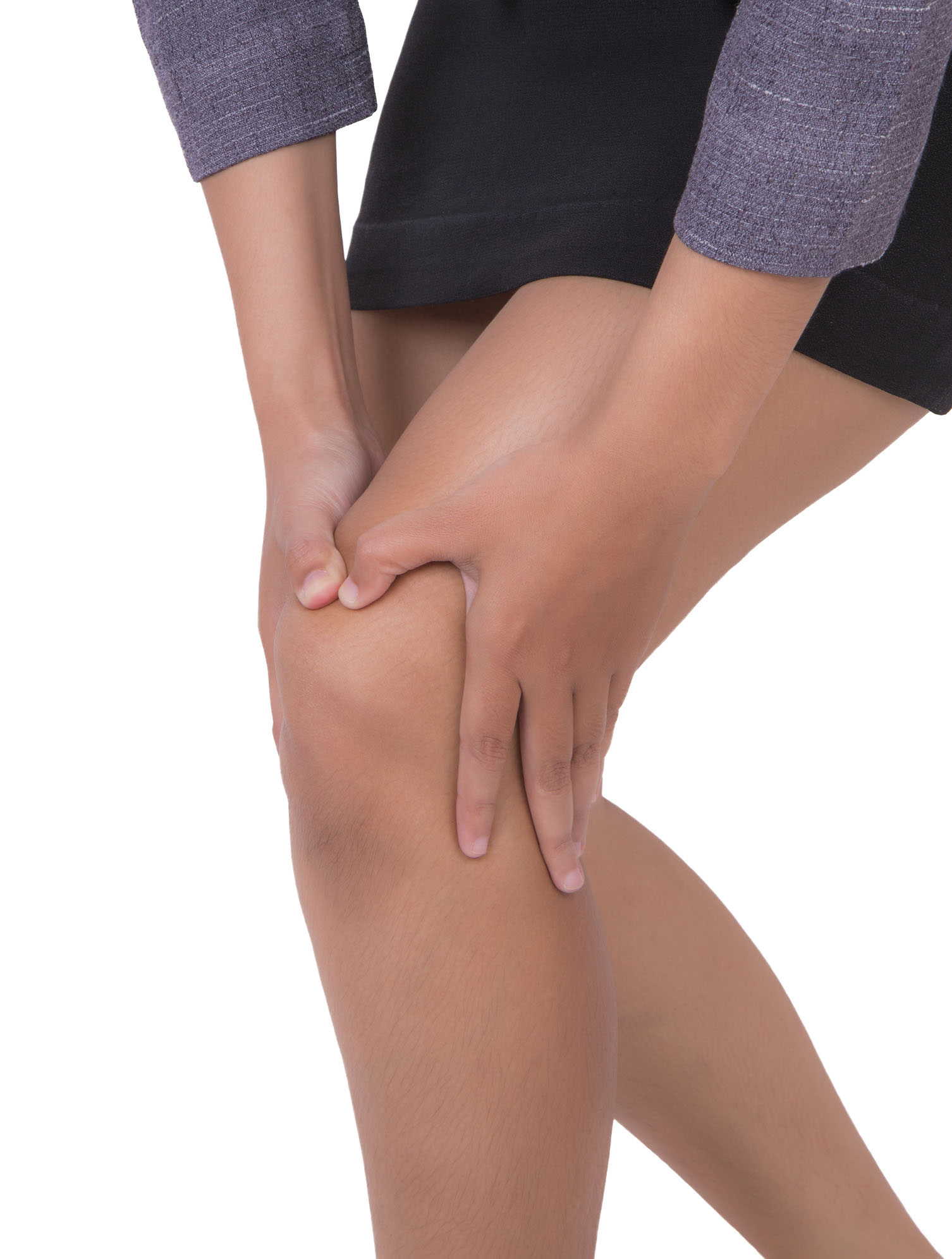The knee is a complicated joint. It enables us to bend and straighten our legs so we can sit, squat, jump and run.
Our knees carry us through life and are exposed to injury as well as normal “wear and tear” throughout our lifetimes, from the scrapes and bruises of childhood to arthritis pain and other degenerative conditions common in older age.
The knee joint has three parts. The thighbone (femur) meets the large shin bone (tibia) to form the main knee joint. This joint has an inner (medial) and an outer (lateral) compartment. The kneecap (patella) joins the femur to form a third joint, called the patellofemoral joint. The ends of the femur and tibia, and the back of the patella, are cushioned with cartilage, helping ligaments slide easily over the bones and protecting the bones from impact.
Knee pain is one of the most common complaints heard by orthopedic physicians. When one or more parts of the knee are injured, you may feel different types of knee pain.
Self-Care for Knee Pain
Knee pain that occurs from a relatively minor injury can often be safely observed for a day or two to see if self-care measures will be helpful. Self-care options include:
- Rest Avoid more strenuous or painful activities, but keep active. Try alternate activities that cause less discomfort – swimming instead of jogging, bicycling instead of tennis
- Ice Put ice on your knee for 15 to 20 minutes a few times each day. Use ice cubes or a bag of frozen vegetable wrapped with a towel
- Compression Wrap an elastic bandage around your knee to help control swelling. Make the bandage fit snugly around your knee, but not tight enough to cause pain or leg swelling
- Elevation Lying down with your knee propped up on pillows may help control pain and swelling
- NSAIDS Over-the-counter non-steroidal anti-inflammatory drugs (NSAIDS) may help relieve pain, swelling and inflammation
When to Schedule an Orthopedic Visit
Knee injuries commonly send people to the orthopedic physician. Make an appointment with an orthopedic physician if your knee pain was caused by a particularly forceful impact or if it is accompanied by:
- Significant swelling
- Significant pain
- Redness
- Tenderness and warmth around the joint
- Fever
When to Seek Immediate Medical Attention
Call 911 or ask someone to drive you to the Emergency Department if your knee pain is caused by an injury and is accompanied by:
- A joint that appears deformed
- A popping noise at the time your knee was injured
- Inability to bear weight
- Intense pain
- Sudden swelling
Top Ten Common Knee Injuries
Treatment will vary based on the cause of your knee pain and the specifics of the injury. Treatment may involve managing pain and inflammation, and rest. Trauma-induced injuries, such as fractures, dislocations and tears, may require bracing, popping the knee back into place, or surgery, which in many cases today, is minimally invasive so patients heal quickly and return to normal activities. Physical therapy may be needed to help regain movement and strength in the knee and leg.
Below are ten of the most common injuries of the knee:
- Fractures
- Anterior cruciate ligament (ACL) injuries
- Dislocations
- Meniscal tears
- Bursitis
- Tendonitis
- Tendon tears
- Collateral ligament injuries
- Iliotibial band syndrome
- Posterior cruciate ligament injuries
Arthritis of the Knee
Osteoarthritis of the knee is the most common form of arthritis in the knee. It is a degenerative “wear and tear” type of arthritis that occurs most often in people age 50 and older, but may occur in younger people, too. In osteoarthritis, the cartilage of the knee joint gradually wears away.
Long-term knee pain from arthritis can often be helped by weight loss and exercises to strengthen the muscles around the joint.
Seek medical attention immediately for serious knee injuries. Early diagnosis and treatment for chronic, or long term, knee pain or arthritis can make a world of difference in your quality of life. Know your knees and recognize when it’s time to schedule an appointment with an orthopedic physician.

